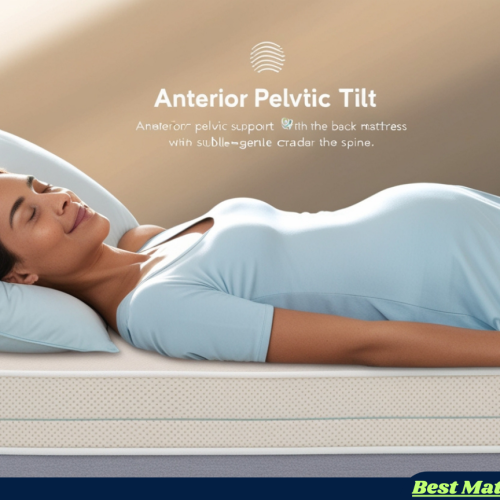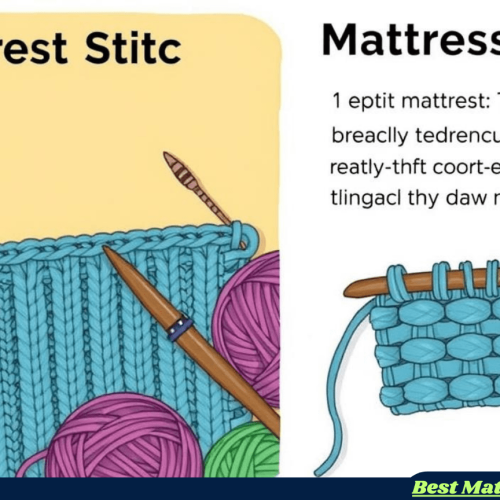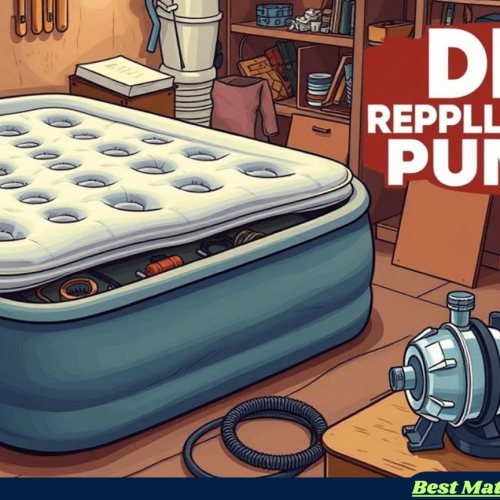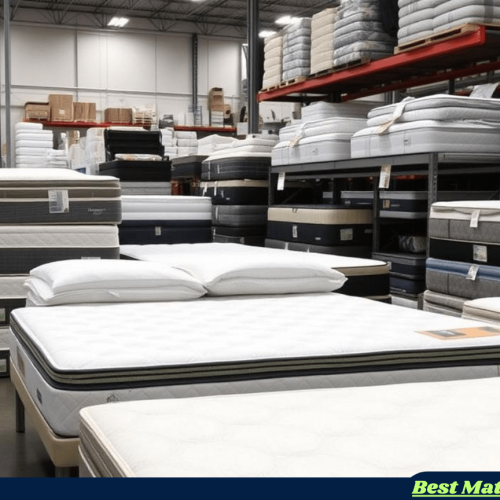Table of Contents
ToggleLow Air Loss Mattress: A Complete Guide to Comfort, Care, and Healing
Why Low Air Loss Mattresses Matter
low air loss mattress guide: Have you ever wondered how a hospital bed can prevent painful bedsores or help patients recover faster? Why do caregivers and medical professionals recommend “low air loss mattresses” for long-term patients instead of traditional mattresses? The answer lies in advanced technology that blends comfort with medical innovation.
Low air loss mattresses are not just about sleep—they’re about health, recovery, and dignity. In this guide, we’ll dive deep into what makes these mattresses special, who they are for, their benefits, and whether they could be the right solution for you or your loved one.
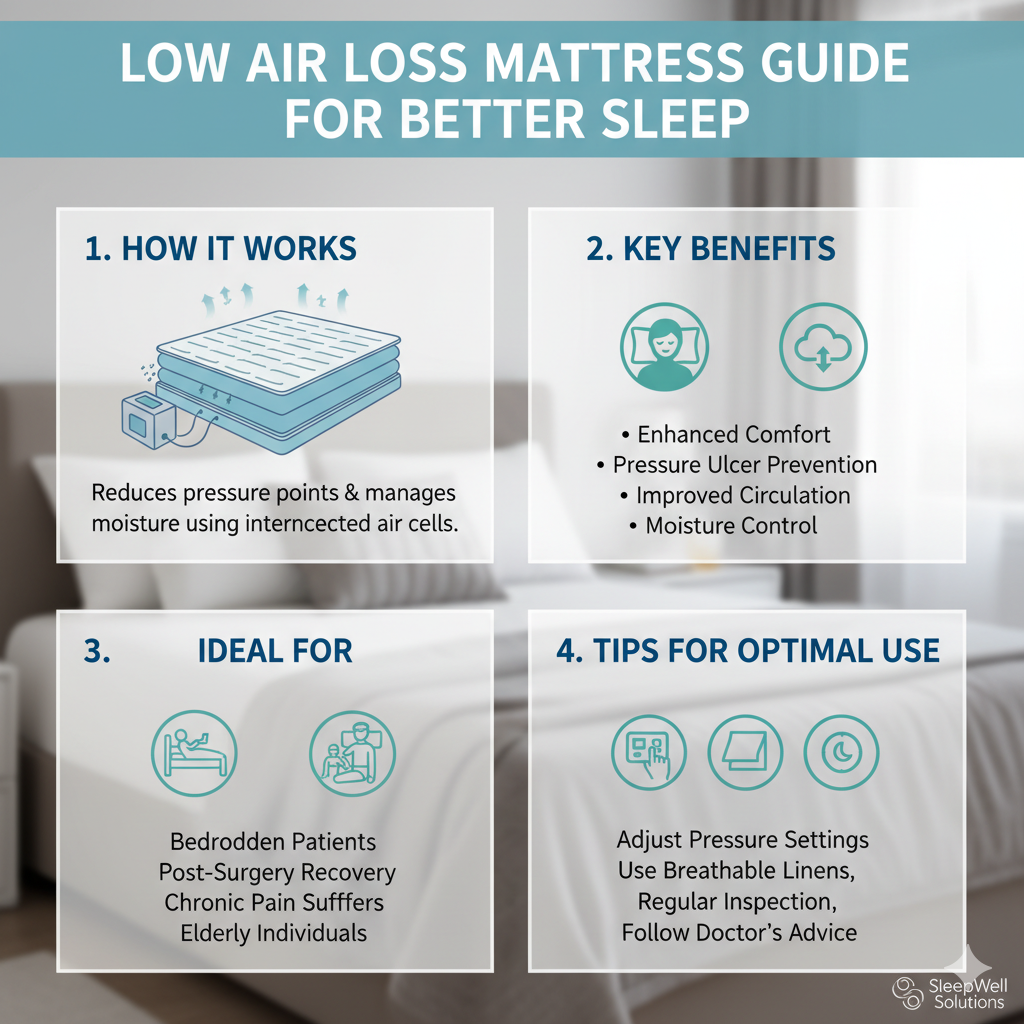
What is a Low Air Loss Mattress?
A low air loss mattress is a specialized medical air mattress designed to prevent and treat pressure ulcers (bedsores) and improve patient comfort. Instead of a standard foam or spring system, it uses a series of air-filled cells that continually circulate air to reduce skin moisture and evenly distribute body weight.
Think of it as “climate control” for the body. Unlike traditional mattresses, this one breathes with you, keeping the skin dry, cool, and protected.
🔹 How it works:
- Tiny air holes release controlled airflow.
- Constant circulation reduces moisture and heat buildup.
- Pressure points are relieved, lowering the risk of ulcers.
Key Benefits of low air loss mattress guide
1. Pressure Ulcer Prevention and Healing
Prolonged immobility can cut off circulation to certain parts of the body, leading to painful sores. Low air loss mattresses evenly distribute weight, reducing dangerous pressure points.
“An ounce of prevention is worth a pound of cure.” – Benjamin Franklin. This couldn’t be truer for bedridden patients.
2. Moisture and Temperature Control
Skin that stays damp is prone to infections and breakdown. With air gently circulating under the patient, the mattress helps wick away sweat and moisture—almost like having an invisible air conditioner beneath you.
3. Improved Patient Comfort
Whether it’s for a hospital stay, hospice care, or at-home recovery, comfort matters. Patients often describe these mattresses as “lighter” and “softer,” reducing pain while resting.
4. Customizable Support
Most models allow caregivers to adjust firmness and airflow. This means the mattress can adapt to a patient’s weight, body shape, or medical condition.
5. Reduced Caregiver Burden
Lifting and repositioning patients frequently is physically demanding for caregivers. Since these mattresses minimize constant repositioning, they save time, energy, and prevent caregiver strain.
Who Should Use a Low Air Loss Mattress?
Low air loss mattresses are often recommended for:
- Bedridden patients (long-term or post-surgery recovery)
- Individuals with spinal cord injuries
- Patients at high risk of bedsores
- Hospice and palliative care patients
👉 If you or a loved one spends more than 15–20 hours a day in bed, a low air loss mattress isn’t a luxury—it’s a necessity.
Choosing the Right Low Air Loss Mattress
When investing in a medical mattress, one size doesn’t fit all. Here’s what to look for:
1. Size and Compatibility
- Standard hospital bed size (usually 36” x 80”)
- Bariatric sizes for heavier patients
2. Weight Capacity
Ensure the mattress supports the user’s weight comfortably without losing effectiveness.
3. Adjustability
Look for models with adjustable firmness, airflow, and pressure cycle times.
4. Noise Level
Since they use a pump system, quieter models are better for uninterrupted sleep.
5. Budget and Insurance Coverage
Many insurance plans, Medicare, and Medicaid cover low air loss mattresses if medically necessary. Always check with your provider.
💡 Sales Pitch Note: Investing in a low air loss mattress may seem costly at first, but consider this: preventing a single stage-4 bedsore can save thousands of dollars in medical bills and months of painful recovery.
Maintenance and Care Tips
Like any medical device, proper care ensures longer mattress life and patient safety.
- Clean regularly: Use hospital-grade disinfectant to wipe the surface.
- Check air pump filters: Replace or clean as needed.
- Monitor for leaks: Deflation can compromise patient safety.
- Rotate or reset settings: This prevents wear and helps patients adjust.
Pros and Cons at a Glance for low air loss mattress guide
Pros
✔ Prevents and heals bedsores ✔ Improves comfort and quality of life ✔ Reduces caregiver workload ✔ Adjustable settings for different needs
Cons
✘ More expensive than standard mattresses ✘ Requires electricity and pump maintenance ✘ Not as portable as traditional mattresses
Conclusion: Is a Low Air Loss Mattress Worth It?
So, is a low air loss mattress really worth the investment? If you asked this question at the start, here’s the answer: absolutely, yes—if you or a loved one spends extended time in bed.
These mattresses are more than a piece of furniture; they are a lifeline. They protect fragile skin, improve comfort, and give caregivers peace of mind.
While they may cost more upfront, the long-term savings in health, comfort, and care far outweigh the price. In essence, a low air loss mattress is not just about sleeping better—it’s about living better.
👉 Whether you are a caregiver, a patient, or a family member seeking the best care solution, remember this: healing starts with the right foundation—and sometimes, that foundation is the mattress itself.

